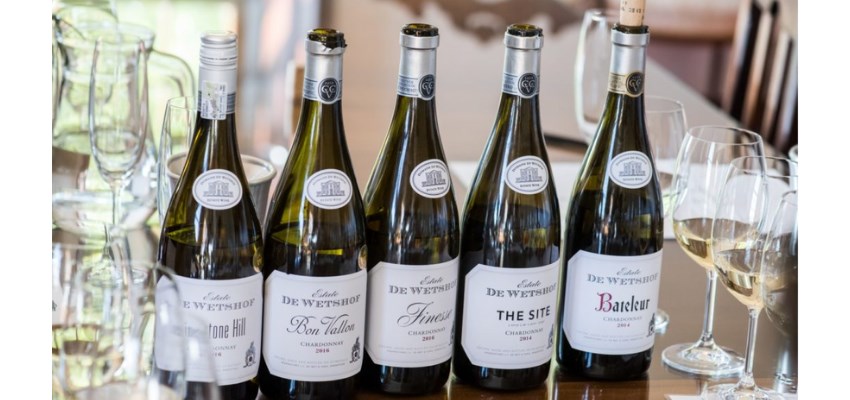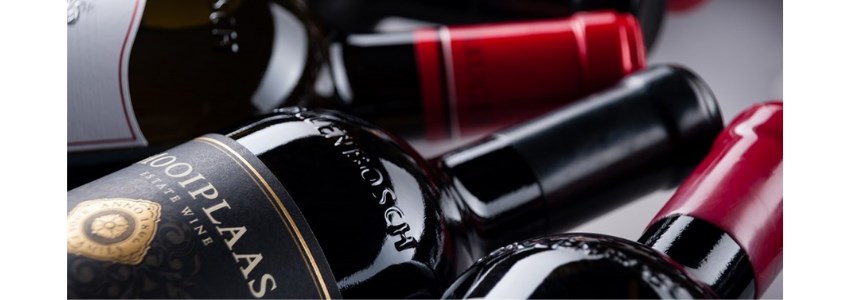Could this work for Brand South Africa and should South African wine producers focus on terroir-driven wines per region?
It’s all about terroir, or is it?
Terroir was defined by Cistercian monks in Burgundy, France to describe the agricultural production tied to specific regions. However, it was mainly used as a concept to market their wine, promote tourism, affirm cultivar per regions and obtain a comparative advantage over other regions.
What makes the French wine industry so unique and attractive to international wine connoisseurs, are the central concepts of terroir and “place of origin” (Appellation d’origine controlee, or AOC). The Appellation dictates every element in the making of fine wine, from the grape varietals to the several hundred geographically defined regions.
South Africa’s equivalent is the “Wine of Origin” system, controlling approximately 60 appellations. Introduced in 1973, it designated production regions, districts and wards, and grapes from specific areas of origin.
South Africa’s wines can easily compete with other countries, but often it is not viewed for its comparable value. There are several reasons for this, but would it be worth rebranding Brand SA by reclassifying South African Wine of Origin to a cultivar per region?
Johann De Wet from De Wetshof Estate in Robertson does not think so. He notes that the South African wine industry is continually evolving and making discoveries in varieties and terroir.
“The wine industry is young and only now starting to discover what works where and why,” he says. “ One is seeing areas shifting to varieties that have proved themselves in terms of making quality wines and delivering healthy yields. I don't think we can ever have the same strict rules as they have in France, as this limits producers who constantly make discoveries in terms of varieties and terroir expression.”
Maryna Calow from Wines of South Africa agrees with De Wet.
“It is not economically viable for South Africa to legislate and reclassify its regions by cultivar as in France,” says Calow.
“We don’t have enough vineyards or the financial capital backing to make it a legal requirement as they do in France, bearing in mind that our terroir is different and not on the same scale as in France,” notes Calow.
However, she does see the value in the French’s ‘old-world’ marketing mechanism and implies that the ‘new-world’ can learn from this.
“Out of a marketing viewpoint it makes absolute sense to have a hook per region to market a certain cultivar that does well in the specific climate and terroir,” she says. “ However, there will always be other wine farms that may make other cultivars that are great quality, but that may be viewed feebly,” says Calow.
De Wet believes that specialising in certain varieties from certain areas are favourable for the industry and adds depth to South Africa's wine offering. However, South Africa should not be marketed as a wine country specialising only in a specific cultivar, i.e. Chenin Blanc or Pinotage. Different areas have produced other South African varieties with exceptional results gaining international acclaim for them.
“The country has extraordinarily diverse landscapes, soil types and microclimates, arguably more so than most countries in Europe. You can thus, find a 100ha farm able to grow magnificent terroir-driven Sauvignon Blanc, Shiraz and Chardonnay. It is a unique feature of South Africa,” says De Wet.
He believes the industry will sort itself out, and there is no need for legislative guidelines to produce terroir-driven wines.
“I believe this alignment between region and cultivar is something that will sort itself out over time as areas start to understand better what works best in terms of quality, profitability and volumes,” says De Wet.
He says that the global wine fraternity should realise that regionality and terroir-focus are relatively new concepts for South Africa – the Wine of Origin system is not yet 50 years old. It is up to the regional bodies themselves to recognise this diversity, determine what works best for them and market accordingly. The market will decide how they see your region and its wines, he notes.
De Wet believes growing Chardonnay in Robertson, is in his DNA. His father returned to South Africa 50 years ago, wanting to grow Chardonnay on their family farm after studying at the Geisenheim Institute in Germany. He notes that they planted different varieties of grape as they experimented, but it was Chardonnay that stood out and over time, the farm moved to concentrate on Chardonnay production.
Today Chardonnay is the Robertson region's most well-known cultivar and is South Africa’s largest Chardonnay-producing regions. 27% of the national vineyard is in the region.
Robertson terroir has the highest limestone content in South Africa’s wine regions, and according to De Wet, Chardonnay vines love limestone the way a fish likes water. The farm naturally evolved to produce terroir-driven wines.
“The cool nights of Robertson ensure brisk acidities in the wines, which also plays a role in the age-ability of our Chardonnays. Most varieties do reasonably well in Robertson due to its temperate climate and good water supply, but Chardonnay is the one that stands out,” says De Wet.
South Africa’s uniquely different terroir is not the only factor to consider when considering terroir-driven varietals as a marketing mechanism for Brand SA.

Is it economically viable?
It is not economically viable for South Africa to change the Wine of Origin to a Cultivar of Origin.
It will be too expensive for wine farmers to pull out their planted vineyards and to replant a single varietal vineyard. Calow notes that the South African wine industry does not have the same financial support from the government that the French wine industry has.
The French have taken decades to see what cultivars work with what types of terroir. In South Africa, it is only in the last 15 years or so that the wine industry has focused on what cultivars work with a particular climate, topographies, slopes and soils, according to Calow.
She believes Brand SA’s unique selling point lies in our diversity and that is our heritage.
"South Africa makes amazing wines; we are unique – our farmers do amazing things in the regions, and we are seeing more and more terroir-driven wines coming through. However, what makes us unique, is our climate, is our diversity. It is all in our diversity – our people are diverse, our regions and terroirs are diverse – and that is what makes Brand SA great,” concludes Calow.
"We are sunlight, we are unusual and multi-faceted, we are diverse, and that is South Africa's unique selling point" – Maryna Calow, WOSA.
The character of South African wines varies by region, and different origins may hang an additional hook on to market their wines.
However, the mild Mediterranean climate with cooling ocean breezes ensures that most wine grapes flourish. South African wines are famous for its outstanding Cabernet Sauvignon, Pinot Noir and Syrah. Pinotage is unique to South Africa.
White grape varieties that do well in South Africa is the fruity and zesty Chenin Blanc. Other popular whites are Chardonnay, Sauvignon Blanc, Riesling and Semillon. A few wines of origin regions are worth mentioning.
Some smart marketing hooks, according to Calow, could include:
- Stellenbosch is renowned for its excellent red wines from the Cabernet Sauvignon grape and is often found with Merlot as a Bordeaux blend.
- Paarl is renowned as the heart of the South African wine industry is produces excellent Shiraz and Pinotage varietals.
- Franschhoek has a strong French heritage as the French Huguenots settled in the area more than two centuries ago and are renowned for their Cap-Classique.
- The Breede River Valley production is set aside mostly for Cap Classique. However, some top-class producers specialise in Chardonnay.
- Another wine region worth mentioning is the Overberg region. The Hemel-en-Aarde Valley and Elgin areas are recognised as a destination for fine wine and food, especially for Burgundy-style Pinot Noirs and Chardonnays as well as Sauvignon blanc.
- Klein Karoo produces more sweet Portuguese red varietals.
- Constantia is the Cape's oldest wine region and is renowned for its Sauvignon Blanc.
- The West Coast region includes Durbanville and the Swartland area. Producers have focused on premium wine production of Sauvignon Blanc in the Durbanville area. The Swartland is renowned for their 'outlandish’ grape varietals such as Cinsaut and Chenin Blanc.
